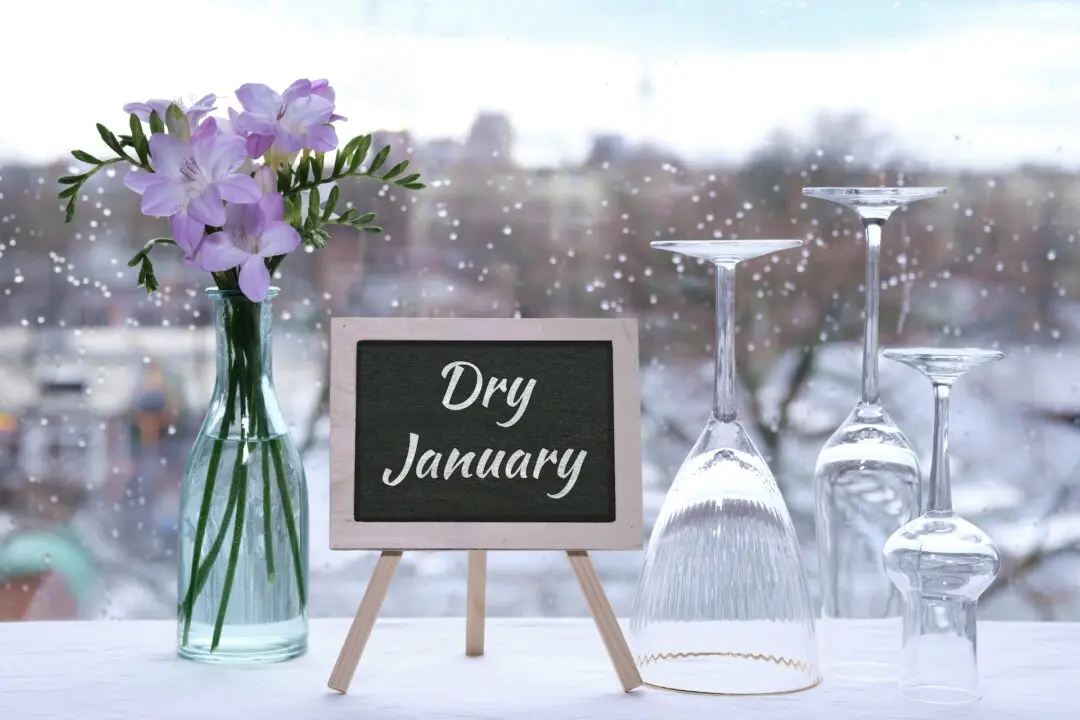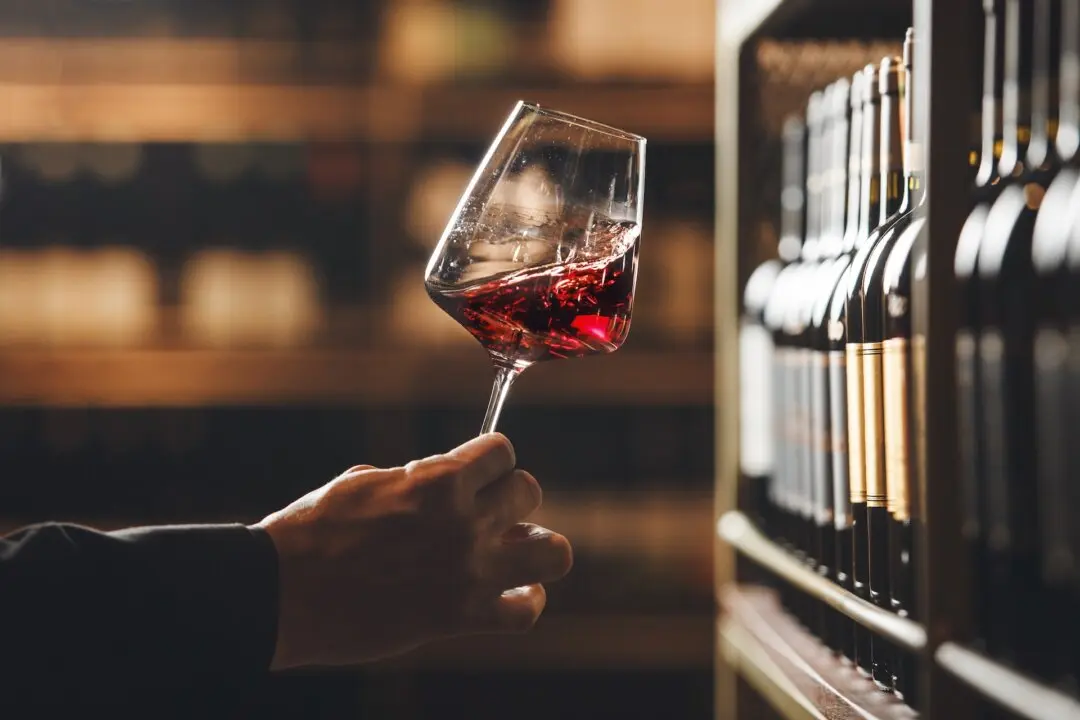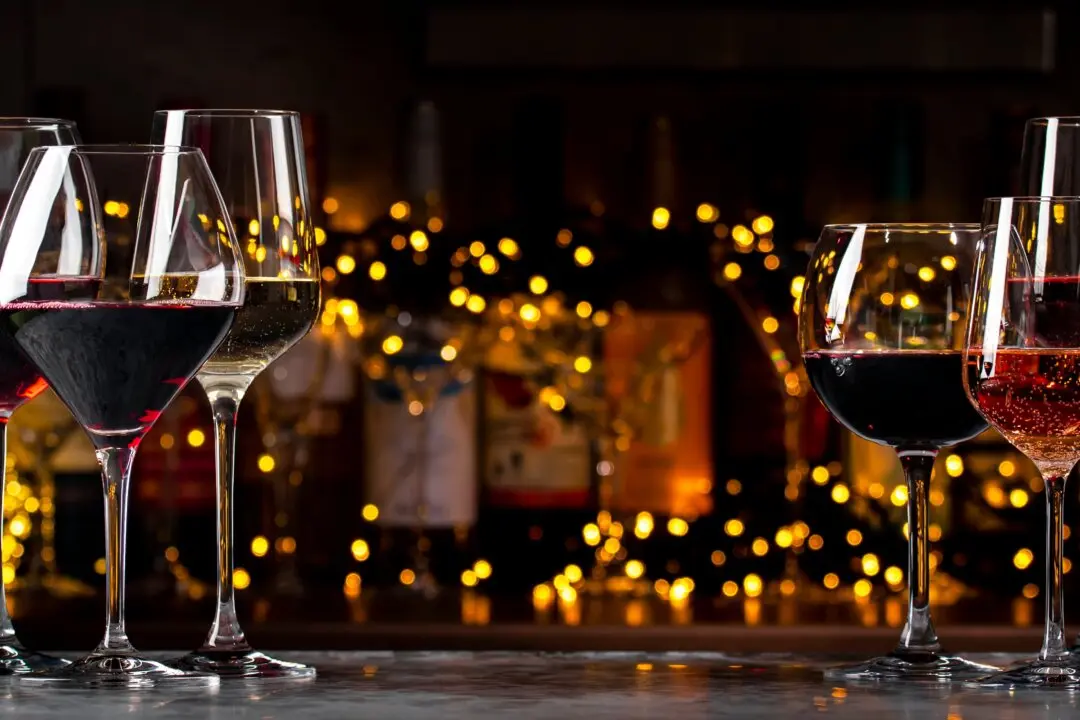There was a time not terribly long ago when winemakers had a deep, dark secret: The wines they were drinking were made just for themselves.
One man, who had made some pretty beefy and concentrated red wines, told me in 2007 that he made a light rosé just for himself. He laughed and called it “real wine.”





